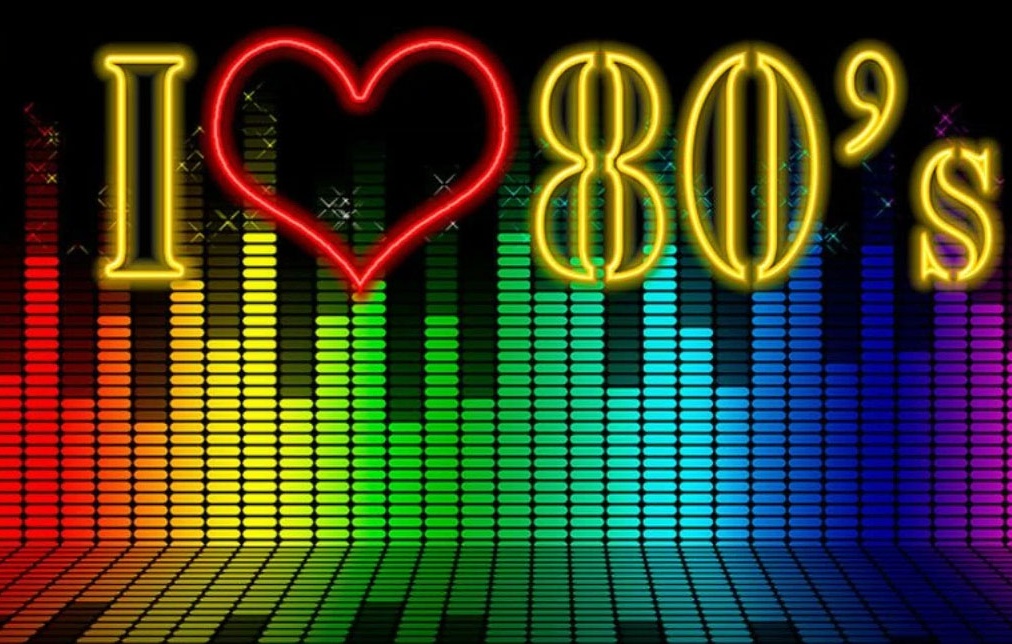

It simply wasn't available to the working musician. You see, in 1985, sampling was a rich man's game. Yet this is precisely what Ensoniq's Mirage offered, and they were repaid with over 30,000 sales. Tears for Fears: Songs From the Big ChairĬheck it out: 8-bit samples, with a top sampling rate of 32 kHz, 333 notes of sequencing, 144 kilobytes of RAM, and a single-sided, double-density floppy drive. Those who have 'em are hanging on to them, and for good reason. Rest assured that such possibilities were pretty hip back in those pre-MIDI days. You could also sync up the arpeggiator to your Roland drum machine. Later versions offered Roland's DCB interface, so you could strap on an MC-4 Microcomposer if you happened to have one lying around. With eight voices that could be split and layered across the keyboard, two VCOs per voice, high and low-pass filters and even XLR outputs, the Jupiter was a classy, capable machine.

Though a mere 2000 of the things were produced, that was enough to leave an indelible mark on the music of the '80s. Who says all of the best analogue synths were produced in the '70s? If anything, Roland's massive Jupiter-8 was the final word in analogue technology, combining and refining everything done up until that point into one big, beautiful instrument.

Follow MusicRadar on Instagram to stay up to date with the latest gear news, artist interviews and tech tutorials.There were (take a breath) over 200,000 of the things sold worldwide. Today, these same limitations might be seen as 'characterful' and they certainly didn't affect Roland's bottom line. The programmers did a magnificent job, creating sounds that instantly inspire, partially thanks to the included reverb effects, often generously applied to hide some dubious loops ad artifacts. It was, and remains, an impressive-sounding instrument, chocked to the brim with tinkling bells, chiffy echoes and moody atmospheres. Combining 8-bit sampled attacks, loops and synthesized waveforms, the D-50 was the instrument that really sparked the industry's love affair with sample-based synthesizers. It'd be hard to find better proof of that fact than the D-50, Roland's chart-topping blockbuster synth from 1987.


 0 kommentar(er)
0 kommentar(er)
